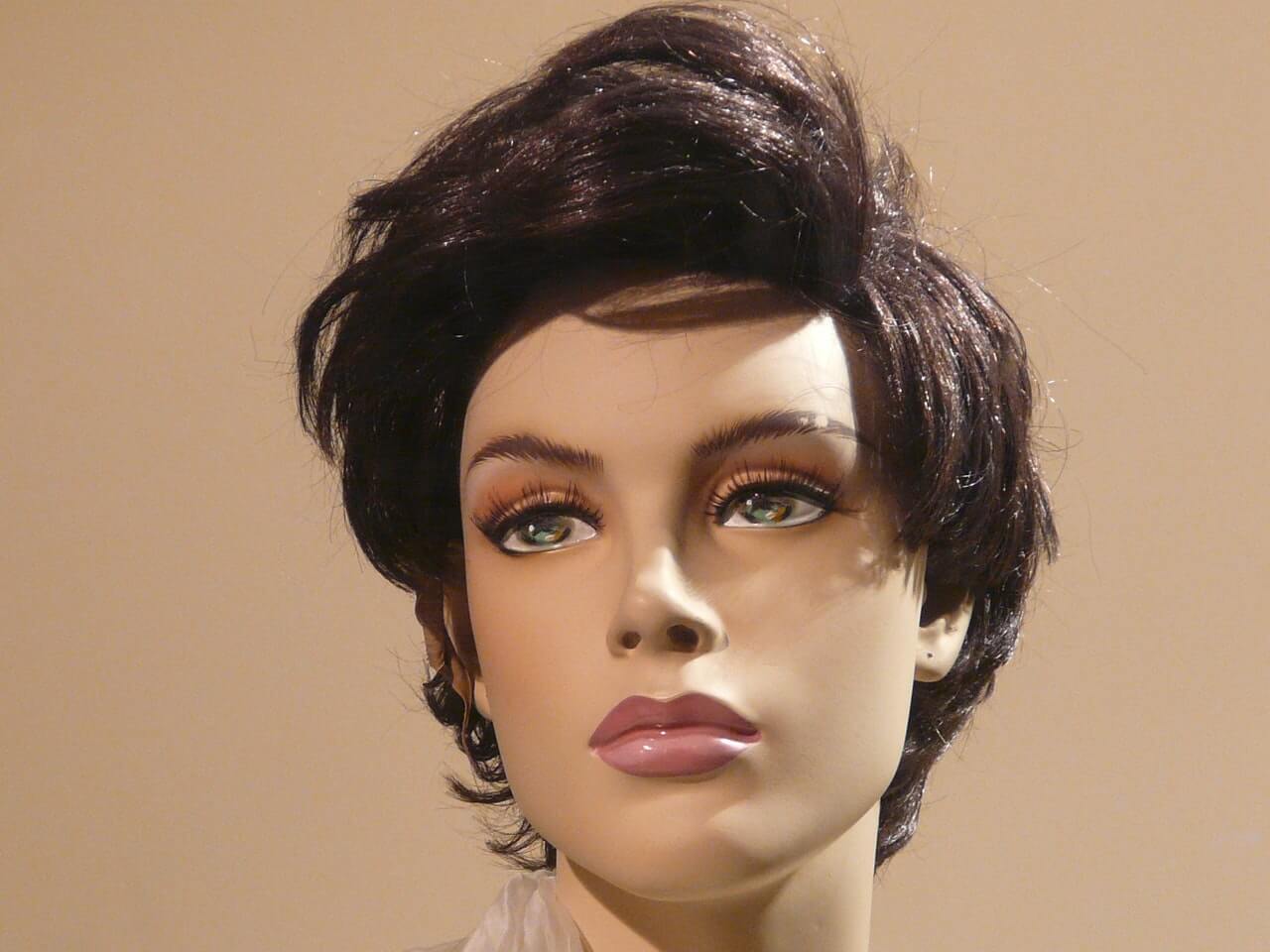Business
The unconventional romance and business of sex dolls
Some men around the world turn to sex dolls to ease their loneliness and obtain companionship.

Masayuki Ozaki, a physiotherapist, is in love. Ozaki lives with her in Tokyo, sharing the same roof with his wife and teenage daughter. Like other Japanese men, Ozaki is romantically involved with a life-sized silicone doll, popularly known as a sex doll. He’s even named her “Mayu.” He swears he loves her till death and wants to be buried with her.
According to a Yahoo report, Ozaki is hardly the only Japanese male to harbor romantic feelings for such dolls: 2,000 of them are sold yearly in the country. They cost about $6,000 each. Like Ozaki, many men around the world turn to such dolls to ease loneliness, to find companionships they’re unable to have with other humans.
These sex dolls were invented quite by accident in the 1990s by American sculptor Matt McMullen. He was at first trying to create posable, more life-like mannequins, aiming to sell these to clothing retailers. McMullen then realized that there was a considerable market for an alternative use for his creations; he began getting inquiries from potential buyers, asking if these were “anatomically correct”.

American sculptor Matt McMullen invented sex dolls (not pictured above) by accident in the 1990s. (Source)
With that, McMullen became an entrepreneur selling to an unusual niche market. Today, he sells these life-sized mannequins at his website, RealDoll.com (Warning: NSFW and for adults only). Classic, meaning older, models go for about $4,000 but newer, more high-tech ones fetch for $6,000 and up. High-end models can cost up to $51,000. McMullen continues to upgrade his wares and is now putting in AI (artificial intelligence) features in the newest models.
Not surprisingly, men who buy such dolls come under scrutiny by psychologists and sociologists. One master’s thesis, discussed on the MakeUseOf website, found that men who buy and use such dolls showed no signs of “blatant pathology.” The men were employed and educated, satisfied with their lives, and displayed no significant suffering from mental illness.
An interesting article in Medium looked into the history of sex dolls in the context of the creation of robots and androids (and the female version, gynoids). The author, Lidia Zuin, took note that most robots and gynoids being constructed if they are gendered at all, are designated as female. Even Apple’s AI assistant, Siri, is presented as female.
Quoting experts, Zuin wrote that this might be reflective of continuing social norms assigning administrative and clerical roles to women. It could also be because women are generally perceived as obedient, non-threatening, or even subservient, or worse, less than human. One expert has proposed a solution: make robots genderless. But maybe don’t do the same for sex dolls; it would break Masayuki Ozaki’s heart.

-

 Markets1 week ago
Markets1 week agoPrecious Metals Surge While Major Indexes Hold Strong Amid Holiday Lull
-

 Markets2 weeks ago
Markets2 weeks agoFed Divisions Signal a Potential Economic Turning Point
-

 Biotech6 days ago
Biotech6 days agoEFPIA Calls for Clearer AI Governance to Safely Transform Drug Development
-

 Africa2 weeks ago
Africa2 weeks agoMorocco Emerges as Key Fertilizer Supplier as Brazil’s Reliance Grows


























You must be logged in to post a comment Login